Charming or chilling? A brief history of the automaton in art
A new show, The Marvellous Mechanical Museum, celebrates kinetic sculptures. But are they more than than just end of the pier amusements?
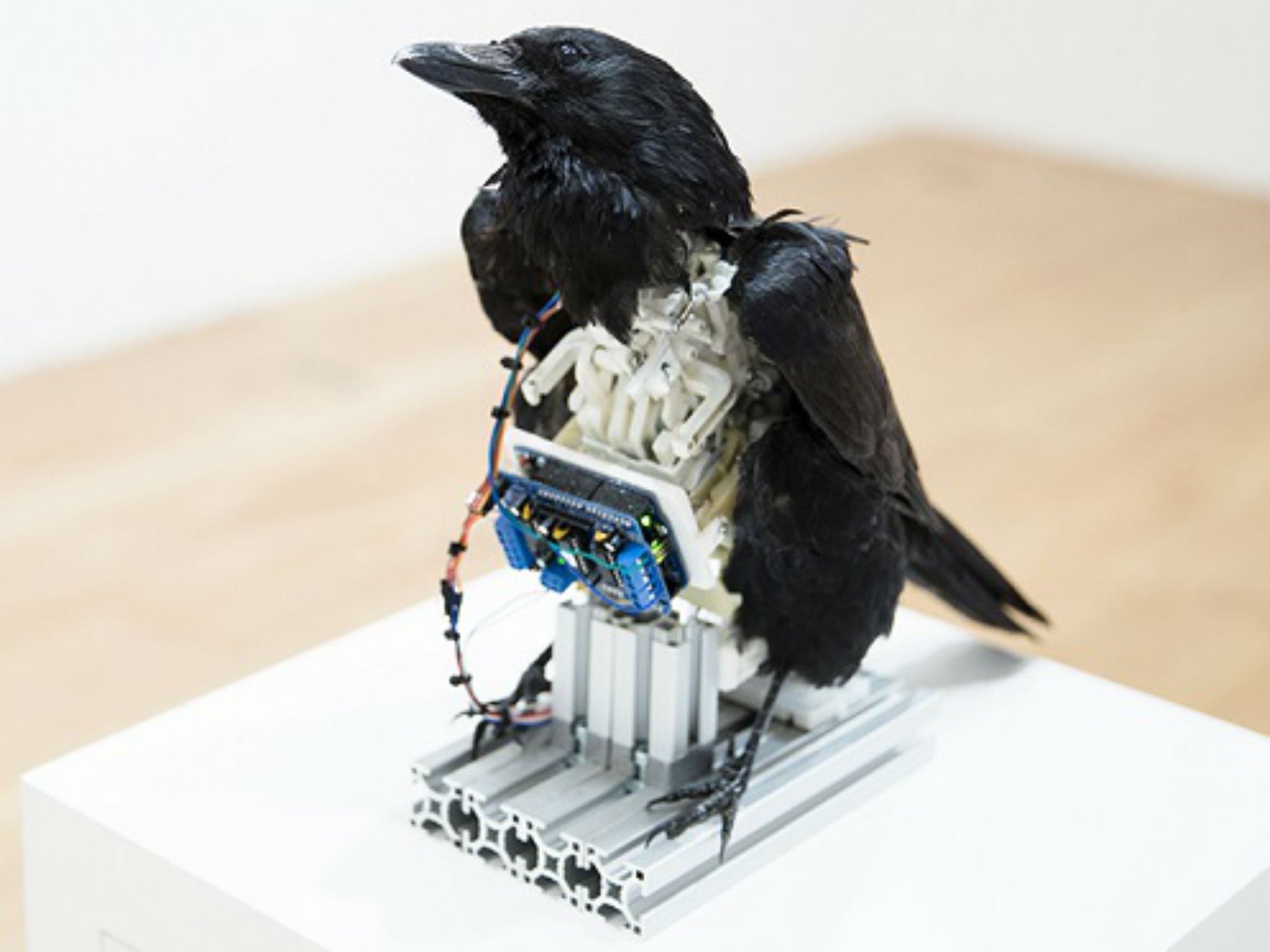
The Centre Pompidou is such a pleasingly outrageous violation of the architecture of Old Paris. There’s nothing quite like seeing the colourful guts of a building on the outside. One of its principal delights is the Stravinsky Fountain, a little pond just beyond the northwest corner, which plays host to 16 kinetic sculptures by Jean Tinguely and Niki de Saint Phalle, all inspired by episodes from The Rite of Spring and other works by the same composer, wallowing contentedly in the shallows.
Niki’s pair of red lips – it’s called L’Amour – opens and closes so winningly, so beckoningly. Others spew water around like scribbles on the air for the sheer hell of it.
Sculpture that moves has been around for a long time. In the 18th century, a Frenchman called Jacques de Vaucanson created a mechanical duck which both ingested its food and then excreted it again. The aristocrats couldn’t get enough of this sort of thing. The gardens of the stately homes of Europe were full of fantastical mechanised devices.
Why limited to the aristocracy though? Because they were so expensive to make. Many of them were frolicsome water features, primed to give all those wig-heads and towering beehive hairdos a good soaking for looking so ridiculous. And how they all laughed at their humiliation!
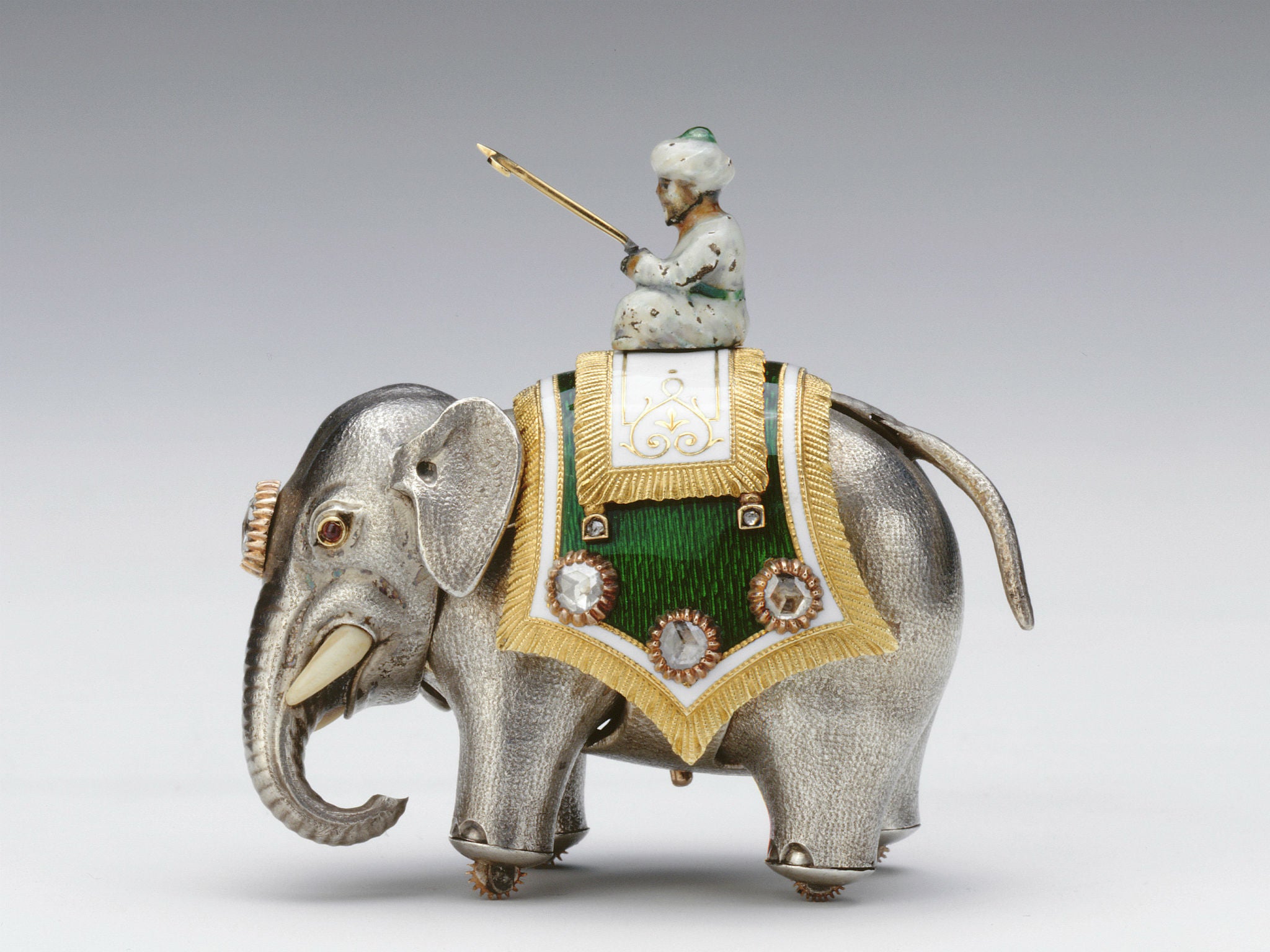
But by the late 18th century, museums of automata had brought mechanical wonders to much wider audiences. Throughout the 19th century, automata were often much less sophisticated, much less serious and thought-provoking; in fact, much more the kind of pure entertainment you might describe as throwaway. Why though? Could it be because by then too many men were behaving like automata themselves in factories?
Automata also became tamed by domestication. The Victorians created mechanical dolls for the bedroom or the nursery – often on a disturbingly large scale. The Romanovs commissioned the House of Fabergé to create luxury eggs which often contained an element of mechanised surprise – the smallest exhibit in this show is a Fabergé elephant that stands at 4cm tall.
By the 20th century, avant garde painters often boasted of painting’s ability to emulate speed and motion – think of the fierce bluster of Marinetti’s Futurism manifesto of 1909, for example. Unfortunately, the paintings themselves, being paintings, were always nothing but frozen representations of movement. They never moved themselves. Doesn’t that seem a tad disappointing?
Vladimir Tatlin hoped to set kinetic art in the vanguard of the Russian Revolution, but his revolving Monument to the Third International proved unrealisable. Then along came Alexander Calder, whose mobiles and stabiles combined grace with whimsy.
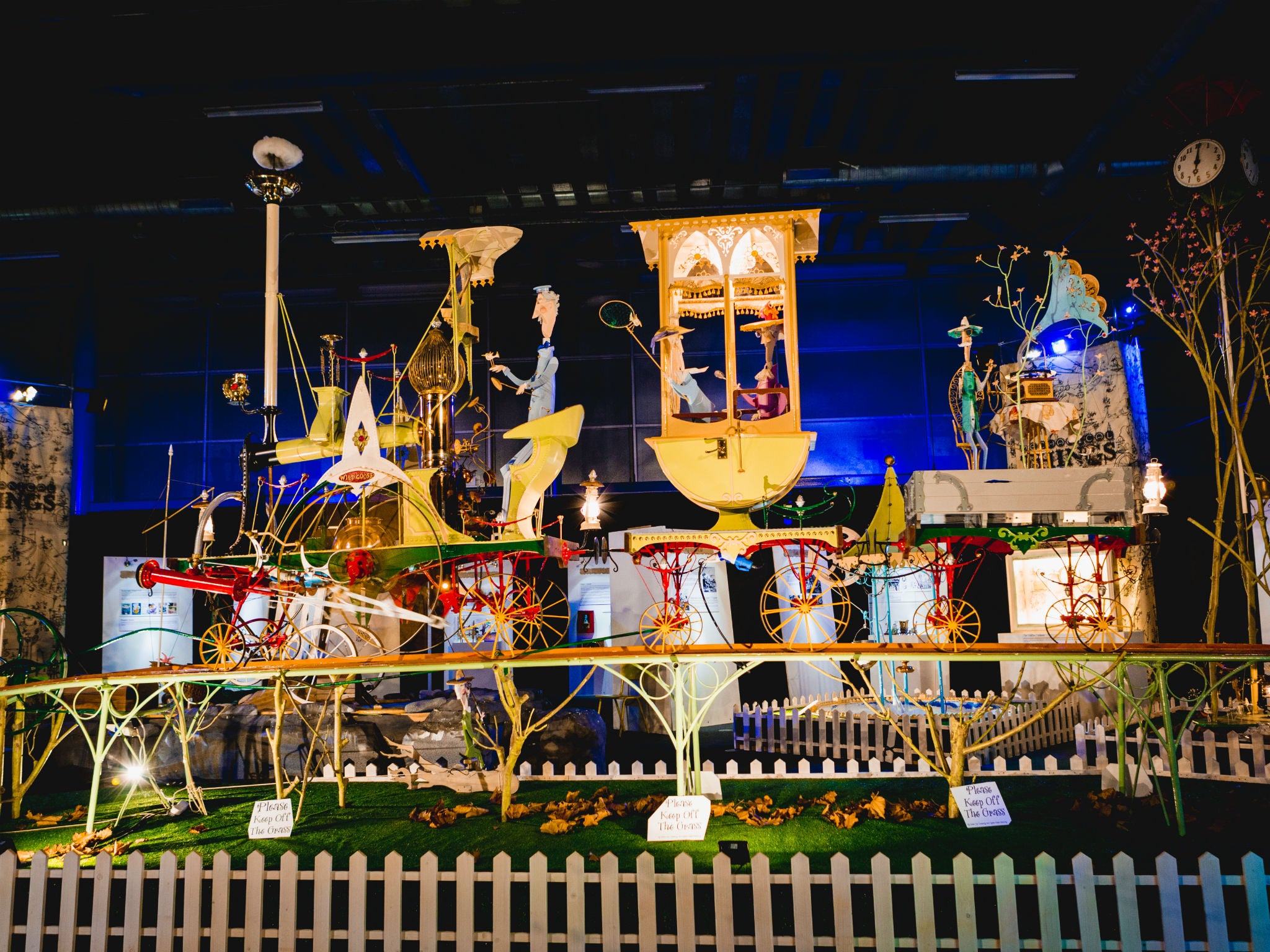
One of the most delightful modern examples of automata was brought into being by the fantastical needs of the cinema. Rowland Emett’s Far Tottering and Oyster Creek Branch Railway is one of the mechanical marvels created for the film Chitty Chitty Bang Bang (1968). Part Stevenson, part toybox absurdity, it jinks up and down upon its tiny stretch of track to the accompaniment of much whistly organ jollity.
To call automata sculpture at all raises its stature, of course. By this token, a cuckoo clock might be a sculpture too. And what culturally high-minded person does not despise the idea of a cuckoo clock? The truth is though that kinetic sculptures – Jean Tinguely’s uproariously crazy and ungainly contraptions made out of bits of other contraptions, for example, which wheeze and clank and puff out gouts of smoke and threaten to fall apart – often feel more akin to those pier-end, penny-in-the-slot machines where, in exchange for a cadged copper, you could make a blue bobby almost shake off his helmet laughing.
Is an automaton nothing but popular entertainment then, a source of amusement, one spectacle among many, at which we gawp before strolling away towards more serious matters such as adultery in the hedgerow or politics in the chamber?
No, it’s more than that because, in making the human and the animal seem to come alive, and perhaps even pose a threat to humankind itself, we are not merely demonstrating how the ingenuity of individual makers enables mankind to take significant technological strides, but also tapping into primal fears, and perhaps entering unexplored realms of the uncanny.
Strange fears swim up from the depths when we stare at machines that move somewhat as we move, do the tasks that we do, articulate life and motion.
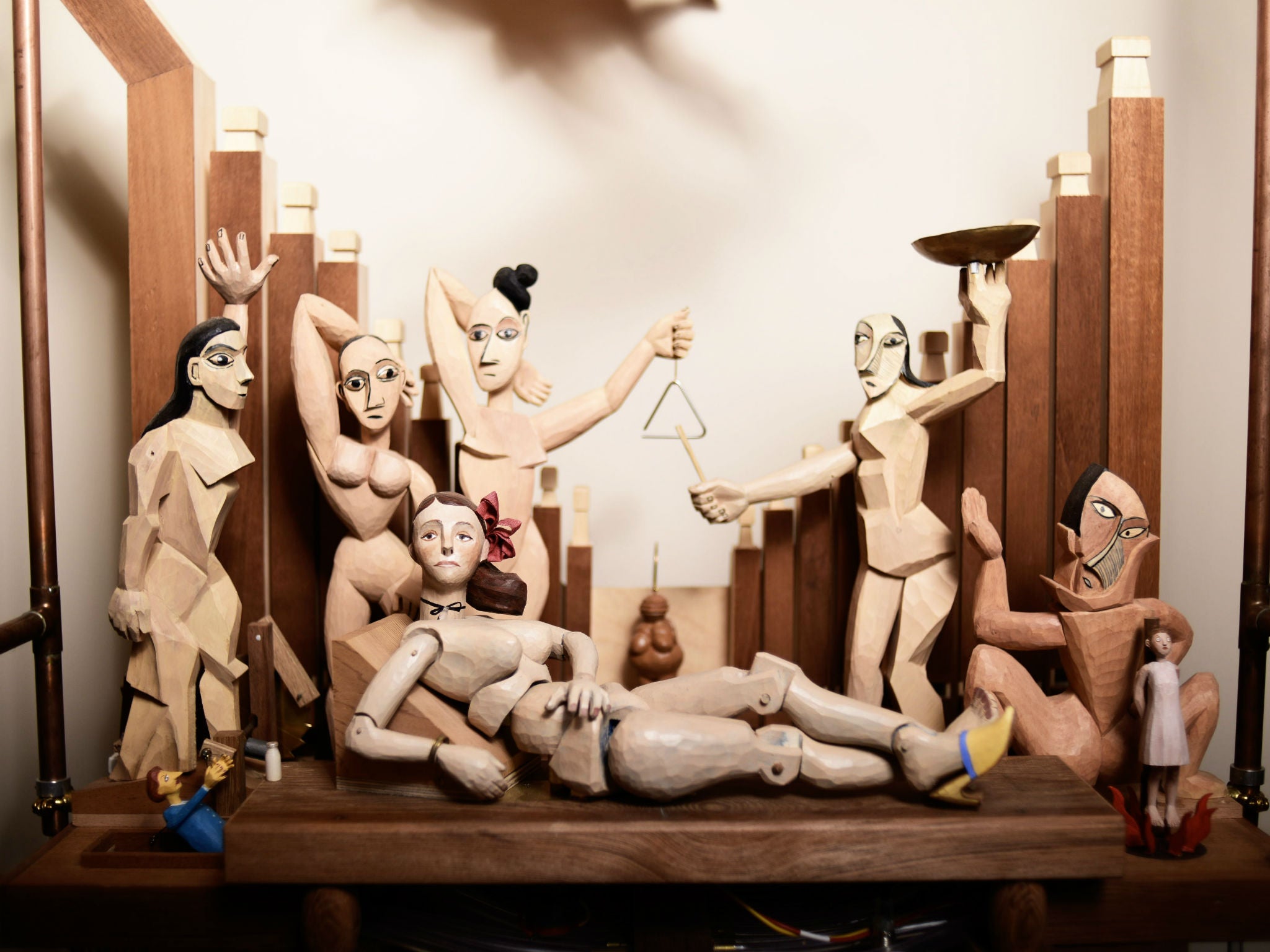
Aren’t we at risk of being, in the end, defined – and perhaps even surpassed or revenged upon – by these moving things that we make? Doesn’t redundancy beckon? How long a hop is it from a 17th century automaton to the super-subtle robotics of our own day? Not as long as you might imagine.
The gods up on Mount Olympus knew all about this sort of thing, what kind of impact breathing life into the inanimate might have upon the status quo. Think of Prometheus, and how savagely he was punished for exceeding his brief. Or just how deeply Aphrodite’s breathing life into Galatea has resonated down the centuries.
An important part of the story of making the inanimate come to life is a literary one, of course. Yes, I am referring to Frankenstein whose bicentenary is being celebrated this year, another unnerving invention guaranteed to keep us all awake at nights. How the cinema snapped it up! After Mary Shelley had done the difficult part of writing the monster into existence, someone had to invent the lugubrious Lon Chaney in order to represent it.
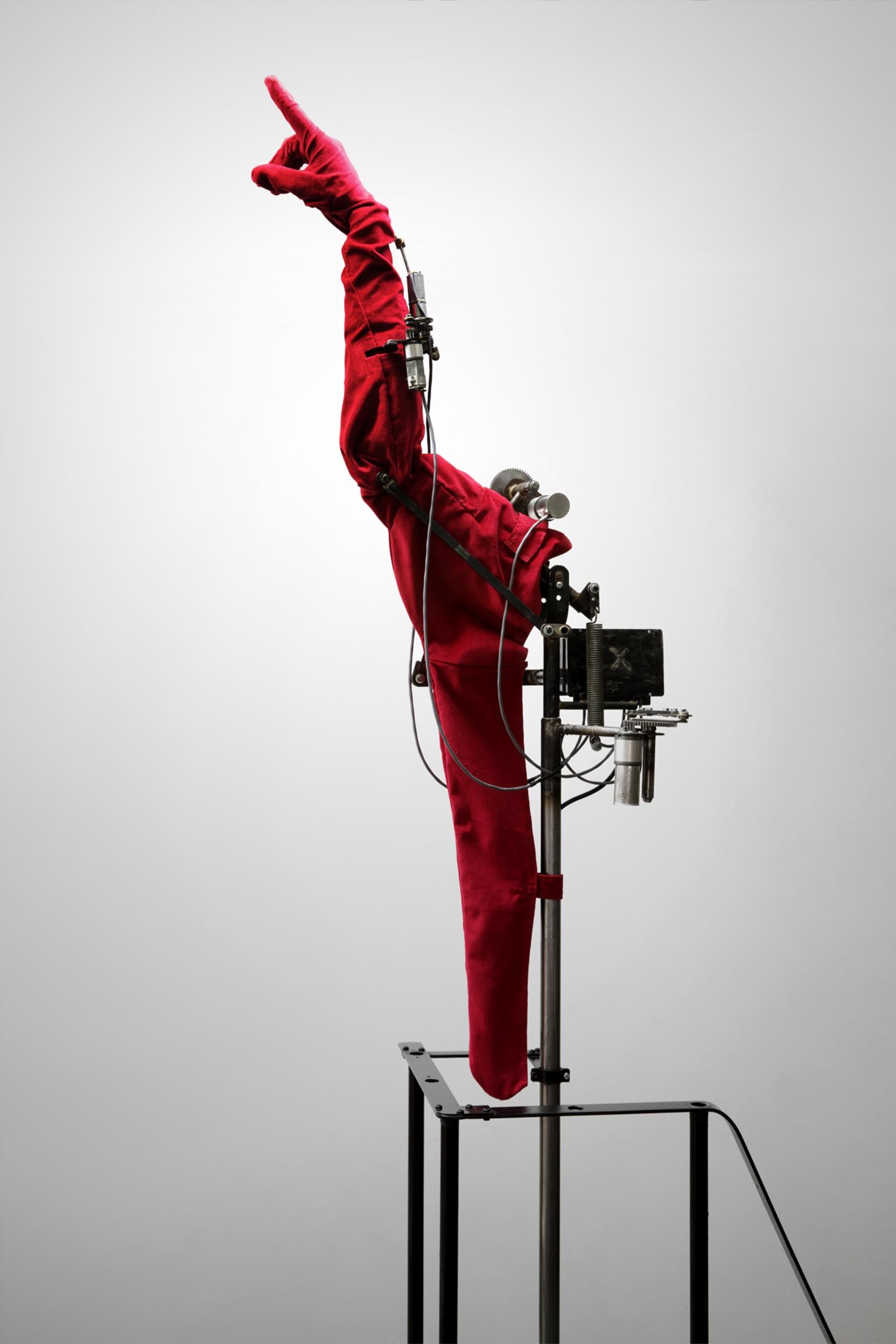
You are now able to get up close to a display of automata of past and present at a country house in Warwickshire called Compton Verney, a sequestered estate in Warwickshire, part Capability Brown, part Robert Adam. It was brought back to life as an important art centre in 2004, having been rescued from dereliction by Peter Moores, the son of a Liverpool pools magnate.
You will discover there, in a show of 57 twitchily animated objects which range in age from the early 17th century to the present day, that automata are far from the stuff of the past.
Ting Tong Chang’s mechanical birds – did his parents have some strange premonition that their son would become a celebrated maker of automata when naming him? – are particularly unnerving in a jocular sort of way. They include a computer-programmed, taxidermied goose with a restlessly twisty neck which hectors us about the bacteria in our guts.
Elsewhere, matters get darker and darker. Tim Lewis’s Crimson Prince is a red-velvet-gloved, uprearing arm which smooth-glides its gaze round and about like any practised raptor. Next time it will be you.
‘The Marvellous Mechanical Museum’ is at Compton Verney until 30 September
Join our commenting forum
Join thought-provoking conversations, follow other Independent readers and see their replies
Comments